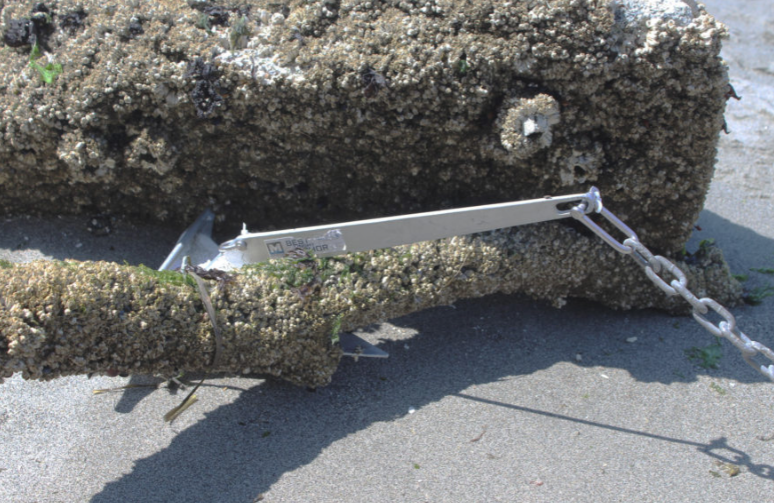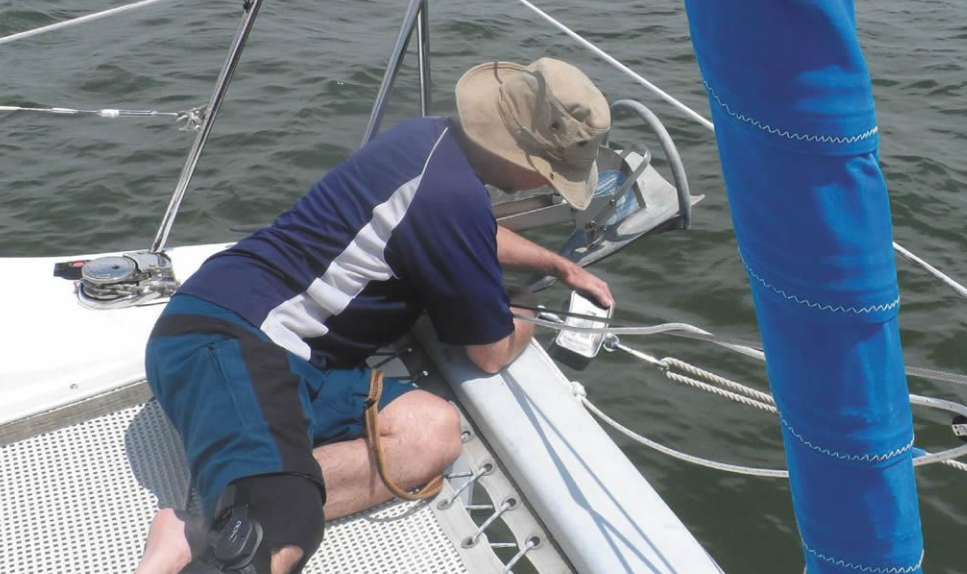Boating enthusiasts often encounter the challenge of stuck anchors, disrupting their maritime experience. Addressing this issue demands a nuanced understanding and adept handling techniques.
Boat-stuck anchors refer to a situation where a boat's anchors become lodged or immovable, preventing the boat from moving or navigating freely. Anchors are essential maritime tools used to secure a vessel in a specific location, but they can become stuck for various reasons. These reasons might include the anchor getting caught or wedged in rocky or debris-filled seabeds, tangled with underwater structures, or due to strong currents or weather conditions.
When a boat's anchor gets stuck, it poses a significant challenge for the vessel and its crew. It can hinder the boat's ability to maneuver, potentially causing inconvenience, delays, or even hazardous situations. Retrieving a stuck anchor often requires careful navigation, specialized equipment, and expertise. Boaters might need to employ various techniques such as slowly maneuvering the boat from different angles, using additional machinery like winches or hoists, or seeking assistance from other vessels or professional salvage teams to dislodge the anchor safely.
Here's a comprehensive guide on effectively managing stuck anchors to ensure a hassle-free boating adventure.
1. Understanding Anchor Sticking Causes
Various factors contribute to anchors getting stuck. Silt or debris accumulation, rocky seabeds, or improper anchoring techniques can all lead to the anchor firmly embedding itself. Understanding the root cause is crucial before attempting to dislodge the stuck anchor.
2. Safe Techniques for Dislodging Stuck Anchors
Before applying force, try gentle maneuvers. Techniques such as changing the boat's position or applying a gradual increase in tension on the anchor line might help dislodge it. If unsuccessful, using a diver or snorkeler to assess the situation and provide guidance can be beneficial.
3. Seeking Professional Assistance
In instances where self-help methods fail, seeking professional assistance becomes essential. Companies like Our Boat Towing Lake Travis specialize in marine assistance, offering expert services for safely resolving issues related to stuck anchors. Their experienced teams with specialized tools and knowledge can efficiently manage challenging situations, ensuring minimal damage and maximum safety.
4. Utilizing Proper Tools and Equipment
Having the right tools on board is imperative. Equip your vessel with a variety of tools like buoy markers, anchor retrieval systems, or grappling hooks designed specifically for dislodging stuck anchors. Using inappropriate tools can exacerbate the situation, causing damage to the boat or the anchor.
Conclusion
Navigating through the inconvenience of a stuck anchor demands patience, caution, and informed decision-making. Employing safe techniques, understanding the causes, utilizing appropriate tools, and seeking professional assistance when needed are key strategies for boaters to manage stuck anchors effectively.
Flagship Towing, renowned for its professional marine assistance services, stands ready to assist boaters encountering challenging situations with stuck anchors. With their expertise and specialized equipment, Flagship Towing ensures a safe resolution to anchor-related issues, promoting a worry-free boating experience.
In summary, being prepared and informed is crucial when faced with a stuck anchor scenario. By following the guidelines outlined in this comprehensive boater's guide, individuals can mitigate risks, safely handle stuck anchors, and confidently enjoy their maritime adventures.
Understanding the intricacies of handling stuck anchors empowers boaters to navigate such situations safely. Armed with the right knowledge, techniques, and support from expert marine assistance services like Flagship Towing, boaters can confidently navigate through the challenges of stuck anchors, ensuring a pleasurable and secure boating experience.


